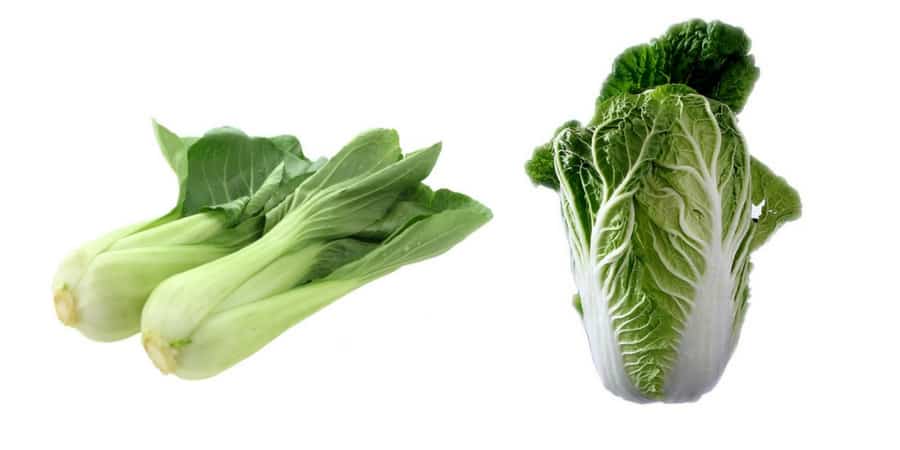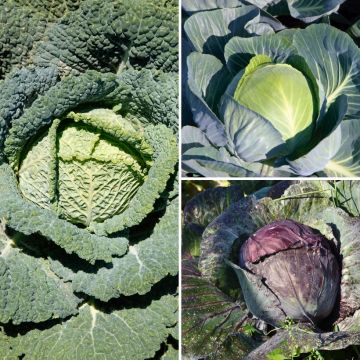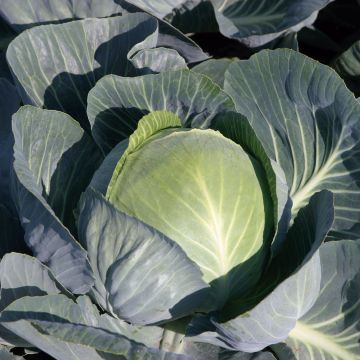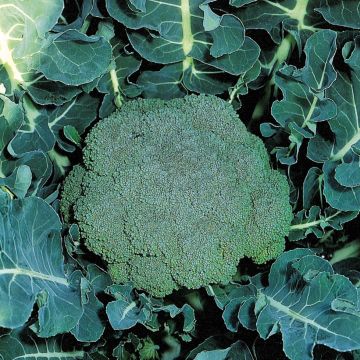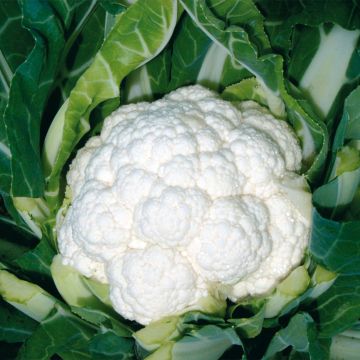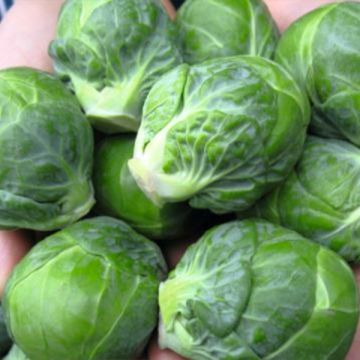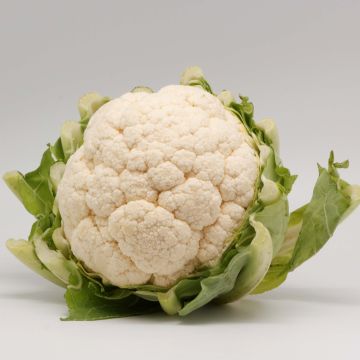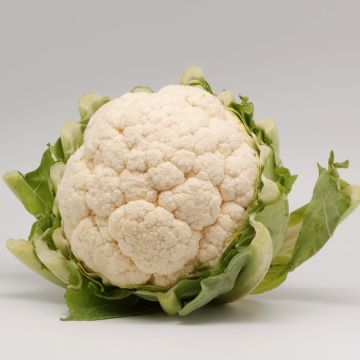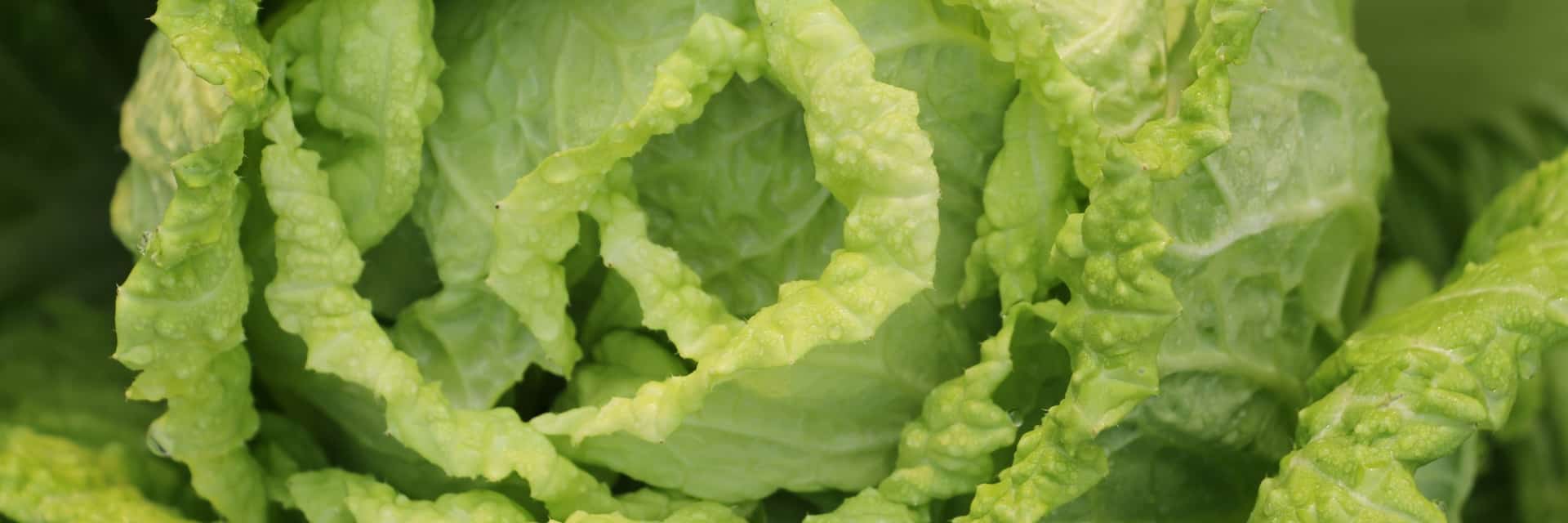
Succeeding in growing Chinese cabbages
Sowing, planting, maintenance
Contents
Chinese cabbage is one of the most popular Asian vegetables. Although they are still rare in market stalls, they are now found in many vegetable gardens.
How to grow Chinese cabbage? Discover our tips for sowing, planting, and properly maintaining it.
Location and soil
The cultivation of Chinese cabbages (Pé Tsaï and Pak Choï) is not complicated, but it is a bit more delicate than that of regular cabbages.
Indeed, these Asian cabbages require more warmth while sharing the same needs as most cabbages: a deep, very rich soil and regular moisture.
They should be planted in full sun, preferably in a location sheltered from cold winds.
Sowing and planting
Chinese cabbages can be obtained from plants prepared by yourself or purchased, or sown directly in the soil.
- Sowing:
Sowing, in trays or buckets, takes place from April to May, in a warm environment, at home or in a heated shelter. Direct sowing occurs from mid-June to August.
Each variety of cabbage corresponds to an ideal sowing period: this information is found on the seed packet, and it is important to refer to it!
- Planting:
Once well developed, cabbage plants are installed in the vegetable garden in their final position.
They are planted from June, in warmed and well-prepared soil: weeded, decompacted, and then raked to obtain fine soil. During transplanting into the ground, the plants are buried up to the first true leaves: new roots will form along the buried stem, ensuring better anchorage in the soil.
The planting distances are specific to the development of each variety. Generally, a distance of 40 cm should be maintained in all directions.
Discover other Cabbage plants
View all →Available in 0 sizes
Available in 2 sizes
Available in 3 sizes
Available in 1 sizes
Available in 1 sizes
Available in 1 sizes
Available in 1 sizes
Available in 1 sizes
Available in 1 sizes
Available in 1 sizes
Watering
Chinese cabbages tend to run to seed prematurely.
To avoid this phenomenon, it is recommended to:
- carry out regular watering as water stress triggers the running to seed phenomenon,
- prefer direct sowing in regions with hot, dry summers.
You will also reduce the risk of running to seed by mulching the soil with fine layers of previously dried grass clippings, for example. This protection will prevent the soil from drying out abruptly and will spare you the need for hoeing and cultivating which are necessary on bare soil.
Pests and potential diseases
Cabbages are quite sensitive to diseases and pests. When growing them, you may encounter:
- cabbage fly, whose larvae devour the roots,
- cabbage white, whose caterpillars ravage the foliage,
- flea beetles that perforate the leaves of brassicas in general.
Various methods of combating these pests exist (cardboard collars against the fly, spraying with Bacillus thuringiensis, manual collection of caterpillars…), but to keep them at bay, the best prevention is to securely place an insect net.
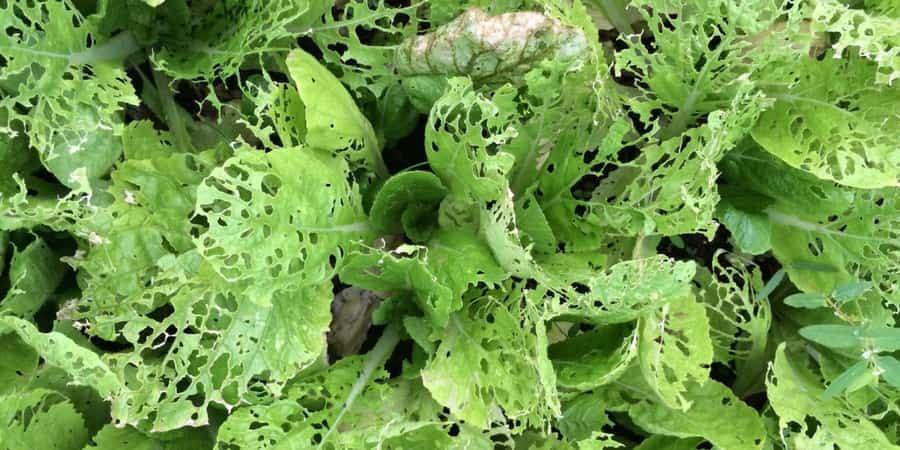
Damage from cabbage white on unprotected plants
Regarding diseases, cabbage root rot is the most virulent. It manifests as wilting of the foliage associated with the appearance of nodosities on the collar and roots. Chinese cabbages can also be affected by fungal diseases (alternaria, downy mildew). The best prevention is to adhere to crop rotations in the vegetable garden by not growing cabbage in the same spot for at least 5 years and to respect planting distances.
Harvest
These cabbages have a rapid growth, they are harvested at the end of summer and until the end of autumn, and they have the advantage of withstanding light frosts. The harvest is done by simply cutting the head with a knife.
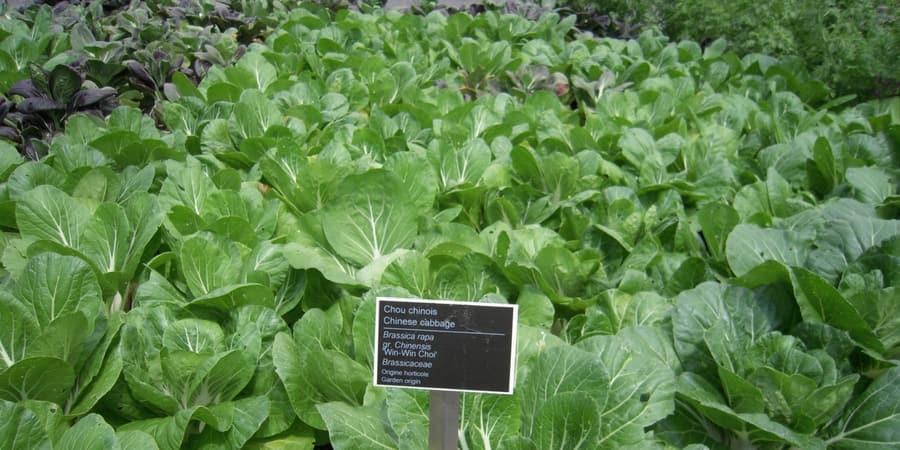
Cultivation of Win-Win Chinese cabbage, a compact variety of Pak Choi
To go further
Discover everything you need to know about cabbage in our comprehensive guide!
- Subscribe!
- Contents































